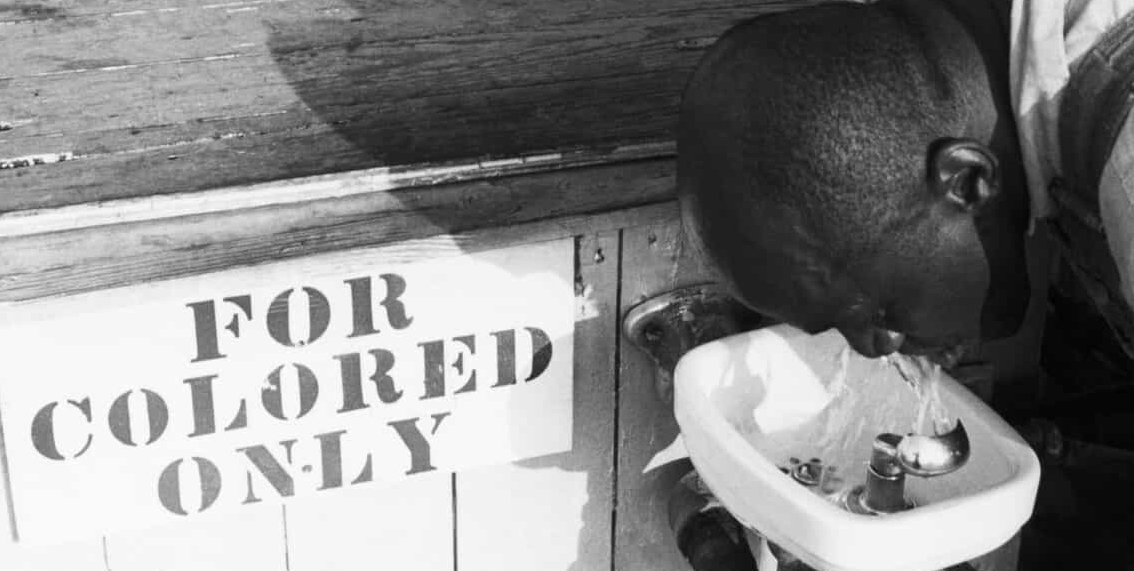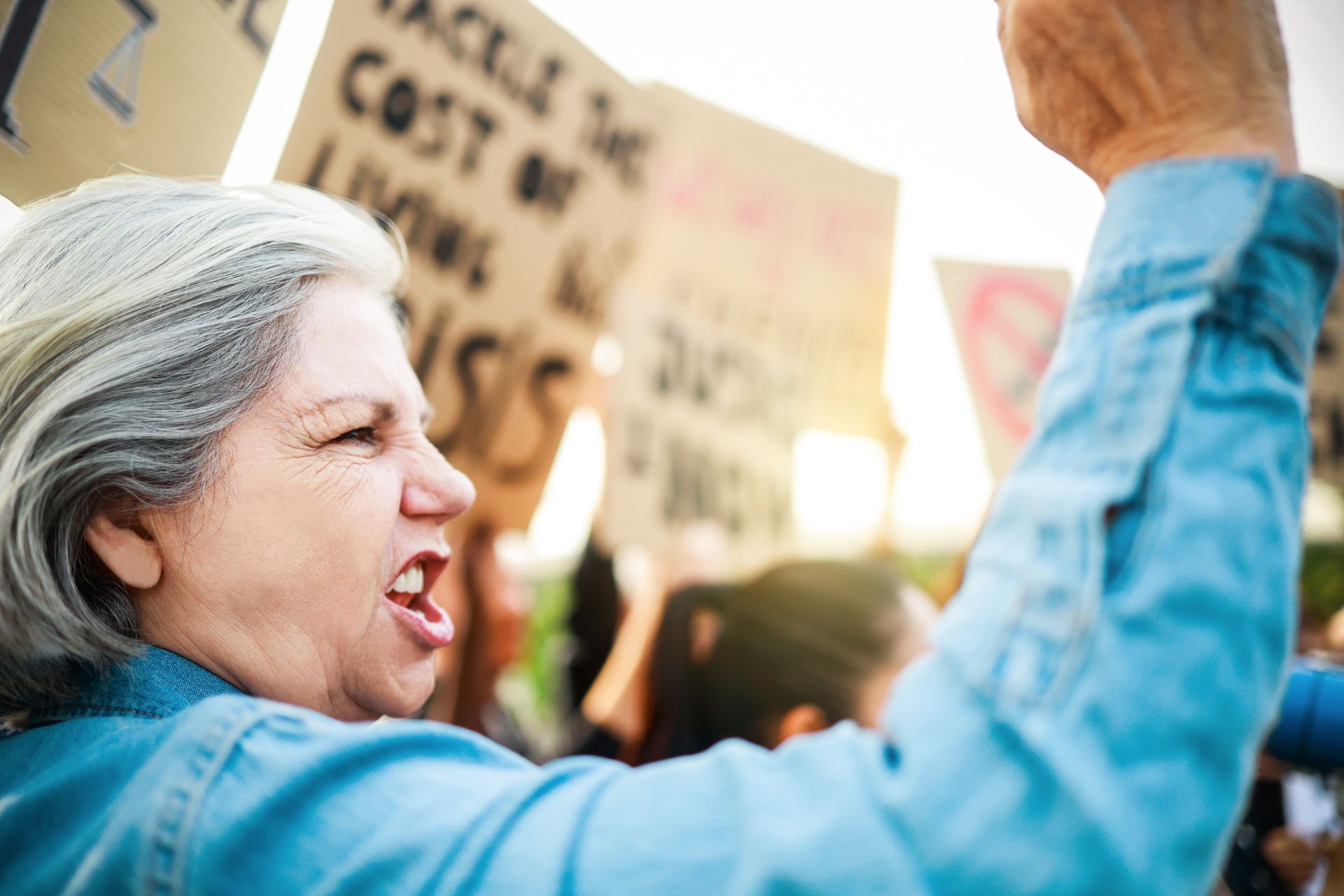
Understanding Your Impact: Tackling Historical White Resistance and Advancing Racial Equity
Jul 22
/
Dr. Sharon GE Washington
Image Source: Pacific Standard
Understanding the historical context of white resistance to racial equity is essential for addressing contemporary challenges. This post explores the consistency of white resistance through legal, political, and social systems, using historical examples to shed light on current anti-WOKE, anti-CRT, and anti-DEIA movements in the United States.
Healthcare professionals must speak up about these issues, especially as medical education increasingly becomes a target, to advocate for a more equitable and just healthcare system.
Better Inform Yourself
Take a deep dive into the historical context that has shaped todays racial climate. This !3 page pdf is packed with informative statistics and facts to give you a historical understanding of efforts to derail equity
The Legacy of Reconstruction
Post-Emancipation Resistance
The end of the Civil War in 1865 marked a significant turning point in American history, with the formal abolition of slavery through the 13th Amendment. This period, known as Reconstruction, aimed to integrate formerly enslaved people into American society as full citizens with equal rights. However, this era was met with fierce resistance from white supremacist groups who were determined to maintain racial hierarchies and white dominance.
The Ku Klux Klan (KKK), founded in 1865, is one of the most infamous examples of this resistance. The KKK used terror tactics, including lynching, arson, and threats of violence, to intimidate Black individuals and prevent them from exercising their new rights. These acts were often carried out with impunity, as local law enforcement and judicial systems were either complicit or ineffective in prosecuting the perpetrators. The Klan's primary goal was to restore white supremacy by any means necessary, and their tactics were highly effective in undermining the efforts of Reconstruction.
Supreme Court Rulings
Legal resistance to Reconstruction efforts also played a crucial role in maintaining racial inequities. Two significant Supreme Court rulings during this period were the Slaughterhouse Cases (1872) and United States v. Reese (1875). These rulings significantly weakened federal protections for Black citizens and allowed states to continue discriminatory practices.
The Slaughterhouse Cases marked the Court's first interpretation of the 14th Amendment, which was intended to provide equal protection under the law for all citizens. However, the Court's decision severely limited the scope of the amendment, effectively restricting its application to only certain types of discrimination and allowing states to impose their own discriminatory laws.
In United States v. Reese, the Court struck down parts of the Enforcement Act of 1870, which had been designed to protect Black voters from disenfranchisement. By declaring certain provisions unconstitutional, the Court opened the door for states to implement poll taxes, literacy tests, and other methods to suppress Black voting rights. These rulings laid the groundwork for the systemic disenfranchisement and segregation that would follow in the Jim Crow era.

Jim Crow Laws & Segregation
Legal Segregation
Following the end of Reconstruction in 1877, the Southern states swiftly enacted a series of laws known as Jim Crow laws, which mandated racial segregation in all public facilities. These laws were designed to reinforce the idea of white supremacy and to keep Black Americans in a subordinate position. The legal foundation for these laws was solidified by the Supreme Court's decision in Plessy v. Ferguson (1896), which upheld the "separate but equal" doctrine. This ruling legitimized state-sponsored segregation and allowed it to flourish across the South.
Under Jim Crow, Black Americans were forced to use separate, often inferior, facilities, including schools, hospitals, transportation, and even cemeteries. These laws extended to nearly every aspect of public life and created a deeply entrenched system of racial discrimination that affected generations of Black Americans. The inequities in education, healthcare, and economic opportunities created by Jim Crow laws have had long-lasting effects that continue to impact communities of color today.
Resistance to Desegregation
The Supreme Court's landmark decision in Brown v. Board of Education (1954) declared that state laws establishing separate public schools for Black and white students were unconstitutional. This decision was a significant victory for the Civil Rights Movement, but it was met with massive resistance from white communities and political leaders in the South.
The term "massive resistance" refers to the organized efforts by white segregationists to prevent the implementation of desegregation. This resistance took many forms, including legal maneuvers, political campaigns, and outright violence. For example, in 1956, Southern congressmen issued the "Southern Manifesto," which condemned the Brown decision and called for resistance to forced integration. States passed laws to obstruct desegregation, and white citizens' councils formed to coordinate opposition.
Violence also played a significant role in this resistance. Civil rights activists, including children, faced brutal attacks, bombings, and assassinations as they fought for integration. Schools that attempted to desegregate were often targets of violent reprisals, as seen in the infamous case of the Little Rock Nine in Arkansas, where nine Black students faced violent mobs and required federal troops to escort them to school.
Lynchings and Terror
From 1877 to 1950, thousands of Black Americans were lynched by white mobs across the United States. Lynchings were extrajudicial killings, often conducted publicly and with the complicity or active participation of local law enforcement. These acts of violence were intended to terrorize Black communities and reinforce white supremacy by demonstrating the lethal consequences of challenging racial hierarchies.
Lynchings served multiple purposes: they punished alleged offenses against white individuals, enforced racial subordination, and deterred Black people from pursuing social, economic, or political equality. The widespread and systematic nature of these lynchings created an atmosphere of fear and intimidation that permeated Black communities.
Many lynchings were public events attended by large crowds, sometimes numbering in the thousands. These events were often advertised in advance and treated as social gatherings, complete with souvenirs and photographs of the mutilated bodies. The brutality of these public spectacles emphasized the dehumanization and terrorization of Black people, serving as a powerful tool to maintain racial control.
Many lynchings were public events attended by large crowds, sometimes numbering in the thousands. These events were often advertised in advance and treated as social gatherings, complete with souvenirs and photographs of the mutilated bodies. The brutality of these public spectacles emphasized the dehumanization and terrorization of Black people, serving as a powerful tool to maintain racial control.
The psychological impact of these lynchings cannot be overstated. They not only inflicted physical harm on the victims but also inflicted deep psychological trauma on the entire Black community. The constant threat of violence served to keep Black people in a state of fear and submission, reinforcing their marginalized status in society.

Anti-WOKE and Anti-CRT Movements
In recent years, there has been a resurgence of conservative movements aimed at resisting efforts to address systemic racism and promote social justice. These movements, often referred to as anti-WOKE and anti-CRT (Critical Race Theory) movements, mirror historical patterns of white resistance to racial equity.
The term "WOKE" originally referred to being aware of social injustices, particularly those related to race. However, it has been co-opted by conservative groups to criticize what they perceive as excessive or divisive social justice initiatives. Similarly, Critical Race Theory, an academic framework that examines how racism is embedded in legal systems and institutions, has become a target for conservative backlash.
Legislation
One prominent example of contemporary resistance is Florida’s “Stop WOKE Act,” signed into law by Governor Ron DeSantis in 2022. This legislation aims to regulate how race and gender are discussed in schools and workplaces, effectively banning teachings that suggest individuals are inherently racist, sexist, or oppressive, whether consciously or unconsciously.
In addition to the “Stop WOKE Act,” there is the Embracing Anti-Discrimination, Unbiased Curriculum, and Advancing Truth in Education (EDUCATE) Act (H.R. 7725), introduced by Rep. Greg Murphy, MD (R-NC) on March 19, 2024. This bill seeks to amend the Higher Education Act of 1965 to prohibit graduate medical schools from receiving federal funding, including student loans and federal research grants, if they adopt policies and requirements related to DEIA. These policies include the maintenance of DEIA offices and affinity groups, as well as the use of diversity statements. The bill also requires accreditation agencies to demonstrate that they do not require institutions to adopt DEIA policies as a condition for accreditation.
Rep. Murphy, a practicing urologist, argues that DEIA initiatives are divisive and undermine the quality of medical education, resulting in a less qualified physician force. This bill is part of a larger nationwide political assault on DEIA, with more than 80 bills restricting or regulating DEIA in higher education introduced in 28 states and the US Congress since 2023.
These legislative efforts reflect a continuation of historical patterns of resistance to racial equity. By targeting DEIA initiatives, these laws aim to suppress discussions about systemic racism and maintain racial hierarchies.
Do No Harm
Do No Harm is a group led by Stanley Goldfarb, MD, which positions itself as an organization committed to advocating for equitable access to healthcare while opposing what it labels as the “radical ideology of anti-racism” within the medical field. The group argues that initiatives aimed at promoting diversity, equity, and inclusion (DEI) are divisive and detrimental to the quality of medical education and healthcare delivery.
The group’s stated mission is to prevent the incorporation of DEI principles into medical education and healthcare practices, which they believe lead to lowered standards and divisiveness.
The group’s stated mission is to prevent the incorporation of DEI principles into medical education and healthcare practices, which they believe lead to lowered standards and divisiveness.
Do No Harm advocates for what they describe as a merit-based approach to medical education and healthcare, free from considerations of race, gender, and other aspects of identity.
Do No Harm actively supports legislative efforts to restrict DEI programs. They have been involved in drafting and promoting legislation such as the EDUCATE Act, which seeks to prohibit federal funding for medical schools that implement DEI policies. The group has engaged in legal actions against medical schools and institutions that they believe have overstepped by incorporating DEI initiatives into their programs.
Do No Harm conducts public campaigns to raise awareness and gather support for their positions. This includes publishing op-eds, articles, and participating in public discourse to promote their viewpoints. Do No Harm maintains an anonymous reporting system to facilitate complaints against institutions that implement DEI and antiracist practices. This system has raised concerns about potential misuse and the fostering of a climate of fear and retaliation against DEI advocates.
Do No Harm actively supports legislative efforts to restrict DEI programs. They have been involved in drafting and promoting legislation such as the EDUCATE Act, which seeks to prohibit federal funding for medical schools that implement DEI policies. The group has engaged in legal actions against medical schools and institutions that they believe have overstepped by incorporating DEI initiatives into their programs.
Do No Harm conducts public campaigns to raise awareness and gather support for their positions. This includes publishing op-eds, articles, and participating in public discourse to promote their viewpoints. Do No Harm maintains an anonymous reporting system to facilitate complaints against institutions that implement DEI and antiracist practices. This system has raised concerns about potential misuse and the fostering of a climate of fear and retaliation against DEI advocates.

Take Action
Educators
Curriculum & Professional Development
- Incorporate DEIA into Curriculum: Ensure that DEIA principles are integrated into the medical and health sciences curriculum. Use case studies and scenarios that highlight diverse patient experiences and workplace dynamics; include courses on social determinants of health, cultural competency, and implicit bias; and design opportunities to interrupt institutional and systemic inequity
- Ongoing Professional Development: Pursue continuous education on DEIA through professional development programs and online courses.
- Collaborate with DEIA Experts: Partner with experts in DEIA to develop and deliver training programs for faculty and students.
Research and Advocacy
- Research and Share Impacts: Conduct and disseminate research on the benefits of DEIA in medical education and the potential harms of the EDUCATE Act.
- Engage in Public Discourse: Write op-eds, articles, and blog posts that highlight the importance of DEIA and critically examine the EDUCATE Act.
- Collaborate with Advocacy Groups: Partner with organizations that are actively opposing the Act to amplify efforts and coordinate advocacy strategies.
Faculty and Student Support
- Diverse Faculty Recruitment: Prioritize the recruitment and retention of diverse faculty to provide varied perspectives and role models for students.
- Safe Spaces: Create safe spaces for students and staff to discuss DEIA issues openly and without fear of retribution.
Learners
Engagement & Participation
- Engage in DEIA Training: Participate in DEIA training sessions offered by their institutions.
- Form or Join DEIA Groups: Establish or join student groups focused on DEIA to foster a supportive community and share resources.
- Active Participation: Take an active role in DEIA initiatives, including participating in task forces, attending DEIA events, forming and enhancing committees, and promoting DEIA values among peers.
Advocacy and Feedback
- Advocate for Inclusive Curriculum: Work with faculty and administration to ensure the curriculum includes comprehensive DEIA education.
- Feedback Mechanisms: Provide feedback on DEIA initiatives and suggest improvements to faculty and administration.
- Petitions and Campaigns: Organize petitions and advocacy campaigns within their institutions to oppose the EDUCATE Act.
- Town Hall Meetings: Participate in or organize town hall meetings and discussions with policymakers to voice concerns about the Act.
- Peer Education: Educate peers about the potential consequences of the EDUCATE Act and encourage collective action.
Support and Community Building
- Support Networks: Build and maintain support networks for students from marginalized groups to foster a sense of community and belonging.
Healthcare Providers
Mentorship and Policy Development
- Mentorship Programs: Establish mentorship programs that support underrepresented medical students and residents, providing guidance and professional development.
- Inclusive Policies: Advocate for and help develop policies within healthcare institutions that promote diversity and inclusion.
- DEIA Committees: Join or form DEIA committees within their institutions to oversee and implement DEIA initiatives.
Advocacy and Public Engagement
- Contact Legislators: Write letters or make calls to local and national legislators expressing opposition to the EDUCATE Act and explaining how it would negatively impact medical education and patient care.
- Public Statements: Issue statements from professional associations and healthcare institutions opposing the Act and emphasizing the importance of DEIA in medical education.
- Social Media Campaigns: Use social media platforms to raise awareness about the EDUCATE Act and mobilize colleagues and the public to take action.
The fight for DEIA in medical education is ongoing and requires the active involvement of healthcare providers, educators, and learners. By educating themselves, advocating against legislation like the EDUCATE Act, and fortifying DEIA practices, these stakeholders can help create a more inclusive and equitable healthcare system. It is crucial for healthcare professionals to take a stand, not only for the betterment of their institutions but for the well-being of the diverse communities they serve.

Take the next step | Get support | Explore racial literacy coaching
Download this free tool for integrating critically conscious curriculum into healthcare.
Use coupon code READYNOW for 15% off Critically Conscious Connections courses.
Subscribe to Equity Rx on YouTube, for tips and insights on DEI in healthcare.
Use coupon code READYNOW for 15% off Critically Conscious Connections courses.
Subscribe to Equity Rx on YouTube, for tips and insights on DEI in healthcare.

Policy Pages
Copyright © 2023

Join our mailing list
Have enlightening articles like this delivered straight to your inbox. Subscribe to our blog for the latest SWC Insights, exclusive tools, and special incentives tailored just for you
Thank you!